Bacterial Type 4 Secretion System – Gabriel Waksman (2018)
Gram negative bacteria Type 4 Secretion System (T4SS) by Dr. Gabriel Waksman of the Institute of Structural and Molecular Biology, University College London and Birkbeck. Animations by Cellscape. This playlist consists of three videos illustrating the type 4 secretion system (T4SS) assembly, pilus biosynthesis and transfer of DNA segment into a recipient cell. T4SS are bacterial macromolecule secreting structures. These macromolecules include proteins and DNA. Bacterial cell-to-cell exchange of genetic materials such as plasmids or mobile genetic elements is called […]

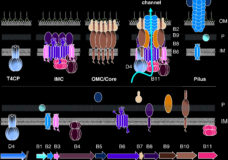
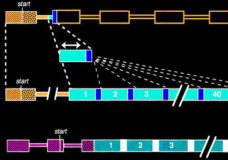
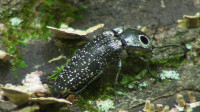
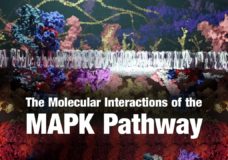
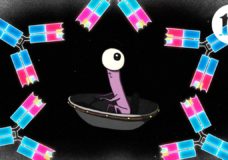
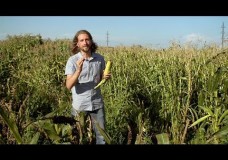


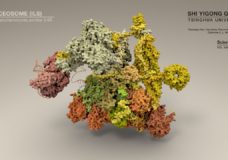
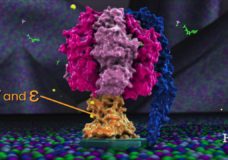

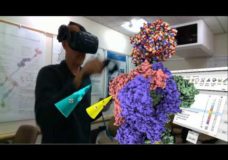
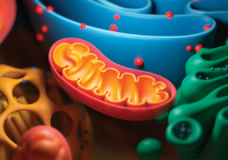
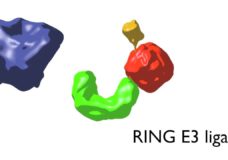


Recent Comments